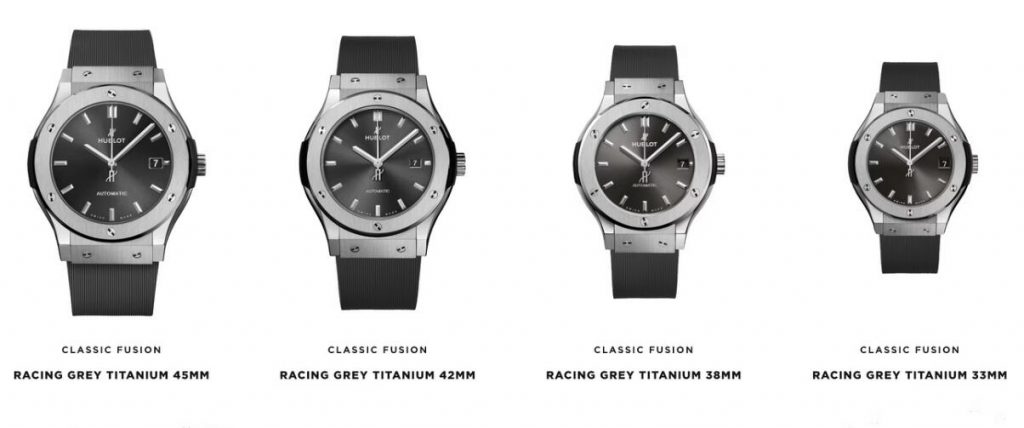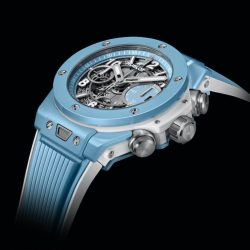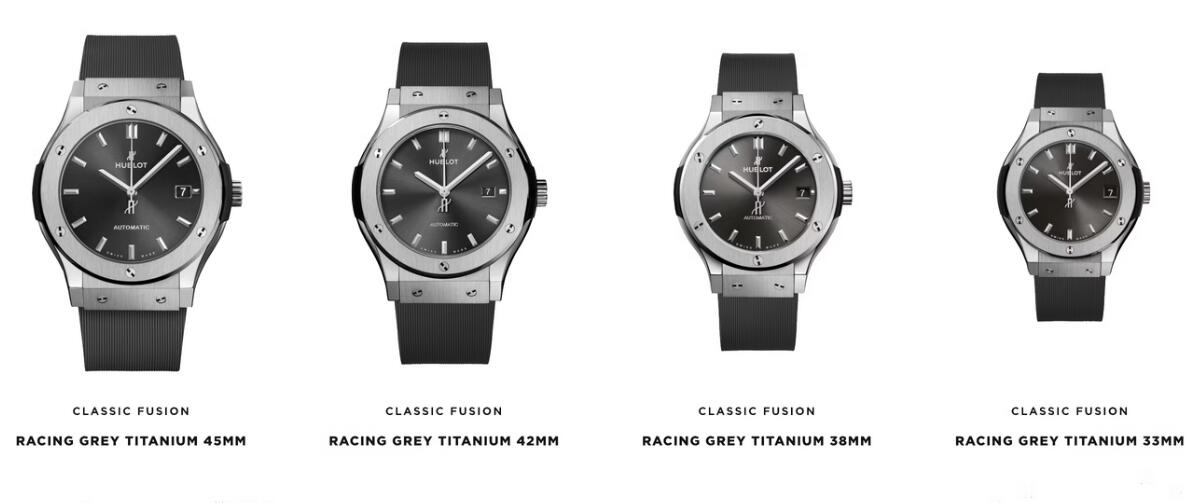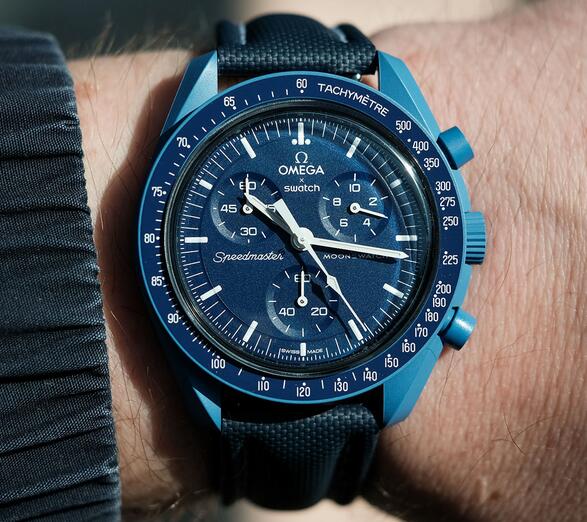When Jean-Claude Biver took over Hublot as CEO in 2004, he did so with his special brand of enthusiasm – his insatiable thirst to shake shit up. And indeed there was a whole lotta shakin’ going on when he unleashed the luxury replica Hublot Big Bang watches onto the scene the same year. Does it get any bigger than literally referencing the creation of the universe itself?

The Big Bang launched Hublot like a space shuttle. It became something of a go-to aspirational piece, especially in the hip-hop and sports scenes. And yet, despite the financial success, and pop culture recognition, AAA USA fake watches enthusiasts snubbed their noses at the Big Bang and the brand along with it. It became standard to trash-talk Hublot – to rail against the 45mm-plus cases sizes and funky designs. To scoff at the ceramic cases and ultra-modern skeletonized dials. The script became almost as boilerplate as raging against the 4:30 date window.
We were entering a world where taste was becoming uniform, where everyone had to love the same thing. And that thing became 40mm-and-under wrist replica watches for sale representing throwback designs from a bygone era. Big watches were gone like disco in the eighties. Enthusiasts still loved Biver, just not the Big Bang.
But to look at Hublot this way is to miss the big picture. The high quality copy Hublot Big Bang watches isn’t the only watch Hublot makes. And sure, many of the brand’s timepieces are of gargantuan proportions. But you know what? Some are not.

I often think about the 42mm Classic Fusion Chrono that I spent time with following LVMH Watch Week, earlier this year. At 42mm it sits at the edge of what my wrist can handle. But the watch demonstrates that Hublot continues to make simple 1:1 replica watches that harken back to its own pre-Biver history. Modern collectors simply choose not to talk about them.
Within the Classic Fusion line are chronographs and three-hand models that run the size gamut, each paying homage to the first rubber-strap-adorned Hublot, the cheap fake watches known as the Classic Original.
But there’s one specific watch which recently become an object of great fascination to me: The 38mm Classic Fusion Titanium. It’s not a watch you’ll see advertised around town, or on posters in a local boutique. In fact, it takes patience and determination to even find it on the brand’s website. You have to want to find classically proportioned Swiss movements replica Hublot watches to find this one. I did … and I did.
I recently spent a couple of weeks with the 38mm Hublot Classic Fusion in Titanium and it changed everything I know and think about the brand and watch enthusiasm, full stop. Maybe after reading this, it will do the same for you.
So what’s so cool about this watch anyway?
Everything. To me, it’s the epitome of what traditional enthusiasts wish Hublot super clone watches shop site would do. The Classic Fusion line is something of a remix of the original Hublot design. Within the collection, specifically the three-hand sub-collection, you’ll find pieces ranging from 33mm to 45mm.
When I strapped 38mm of titanium to my wrist, I felt I was wearing a vintage piece. Something about the lightness of the titanium, the simplicity of the dial, and the sheer size via the case dimensions just smacked of a watch from the 1970s. I mean, it doesn’t take a watch expert to see design similarities between this and either the Royal Oak or the Nautilus. But those replica watches wholesale are trading at prices that can pay for an entire house … in cash … no down payment.
With this, you’re getting a watch at $7,300 that feels a whole lot like wearing a vintage RO on a strap, and that’s not hyperbole. Sure, I have a six-and-a-third inch wrist, but I venture to guess there are a great many out there with similar wrist sizes who are Hublot-curious, but just assume all the fake watches online are the size of a deep-dish pizza.
After strapping on the near-weightless watch, I examined the dial. This thing is so simple it’s almost too simple. The black dial has a sunray finish and features only hour markers with no minute track. It’s got three hands, a date window, and two lines of text. No lume.
In a recent episode of Hey, HODINKEE, I railed against China replica watches with no minute track because I find them impossible to set unless you’re trying to set the watch on the hour, or every five minutes. Now, I’ll admit, my rant was more focused on best quality fake watches like vintage Onyx dial Rolex Day-Dates where there are literally no markers. And while I wish there were minute markers on this Hublot, I can live with it here because this watch is more about style than it is anything else.
The Swiss made replica watches is imperfect in other ways, too. We’re talking about a watch with a bezel design meant to resemble a ship’s porthole – this is an aquatic-themed watch – and yet it doesn’t have a screw-down crown or more than a paltry 50m of water resistance. The original model came equipped with a rubber strap. This model also comes on a rubber strap, though the piece I experienced was on leather.
Somehow, missing all of the aquatic-ready features, this watch still hits for me. I look at it and it looks back with a face that oozes confidence. This watch doesn’t care that you can’t go diving with it. Would you dive with a Patek or an AP? I doubt it. And that’s the point.
Hublot has been passed over when it should be considered much higher on the pantheon of luxury steel (or titanium) sports fake watches paypal. Biver didn’t take over the brand because he thought it was a dud. He saw potential – and it popped under his leadership. It was just the watch enthusiasts that refused to follow along.
What I learned from wearing this watch is that when you block out the noise and try to find something you like just because you like it, you’re liable to make surprising discoveries. I went down the Hublot rabbit hole, and emerged with this: A watch with a real legacy, bolstered by a modern horological visionary, that costs 20 times less than the luxury sports replica watches store everyone is pining over and simply cannot afford. Watch collectors are constantly looking back at the hidden gems that we missed, the stuff we could’ve purchased for pennies on the dollar. Friends and bargain hunters, there’s a fantastic 38mm titanium Hublot just sitting around waiting to be discovered.








